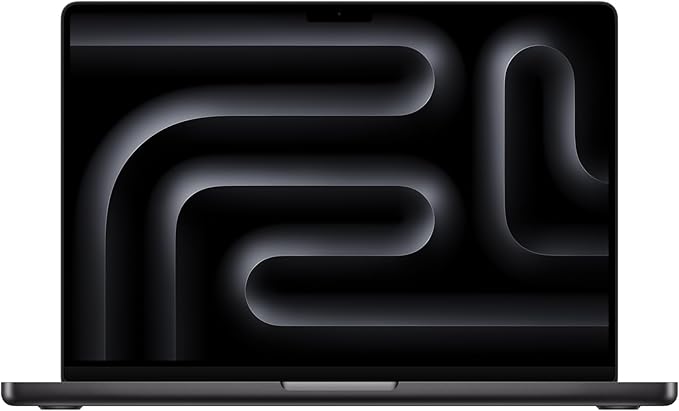If you’ve ever worked with Simulink, you know it’s not the kind of software you want to run on a weak laptop. Whether you’re modeling control systems, simulating vehicle dynamics, or running parallel simulations, your machine needs enough muscle to keep things smooth. A sluggish setup not only wastes time but can throw off your entire workflow.
In this guide, I’ll walk you through exactly what to look for in a laptop for Simulink, plus my top picks for 2025 — all tested and chosen for real engineering use.
See also: Best Laptops for MATLAB
What Simulink Really Needs in a Laptop
Simulink is demanding in a few key areas. If you get these right, everything else falls into place.
- CPU Power: Most simulations benefit from strong single-core speed, but complex or parallel runs will use multiple cores. Aim for at least a modern 4-core chip with AVX2 support.
- Plenty of RAM: Models and datasets live in memory. For serious work, 16 GB is the minimum, but 32 GB gives you more breathing room.
- Fast Storage: An NVMe SSD will load projects and save results much faster than a regular hard drive.
- GPU (Optional but Important): If you plan to use GPU Coder or GPU acceleration, get an NVIDIA CUDA-compatible GPU. This only works on Windows or Linux — not macOS.
- Display & Ports: A good high-resolution display helps with model layout, and multiple ports make it easier to connect external monitors.
Recommended Specs at a Glance
| Component | Minimum (Light Use) | Recommended (Heavy Use) |
|---|---|---|
| CPU | 4-core, AVX2 | 6–8 core, high clock |
| RAM | 8 GB | 16–32 GB |
| Storage | SSD 256 GB | NVMe SSD 512 GB+ |
| GPU | Integrated OK | NVIDIA RTX (CUDA) |
| OS | Win 11/macOS/Linux | Win 11 or Linux (for GPU) |
The 6 Best Laptops for Simulink in 2025
1. Apple MacBook Pro (M4 Series)
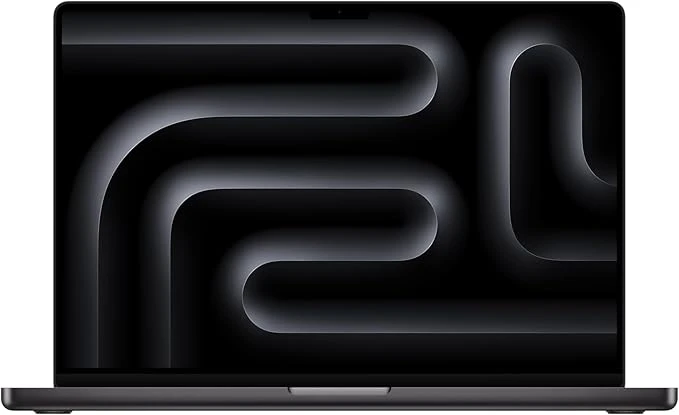
Best for: macOS users who value portability, battery life, and raw CPU performance.
- CPU: Apple M4 Pro/Max
- RAM: 16–32 GB Unified Memory
- Storage: 1 TB SSD
- GPU: Integrated Apple GPU
- Pros: Exceptional battery life, sharp Mini-LED display, silent operation.
- Cons: No CUDA GPU acceleration for MATLAB/Simulink on macOS.
2. ASUS ProArt P16

Best for: Windows engineers needing power and a color-accurate display.
- CPU: AMD Ryzen AI 9 HX or Intel Ultra
- RAM: 32–64 GB
- Storage: 1 TB NVMe SSD
- GPU: NVIDIA RTX 40/50 series
- Pros: Great for GPU Coder, professional OLED screen, high CPU power.
- Cons: Pricey, heavier than thin laptops.
3. Dell XPS 16
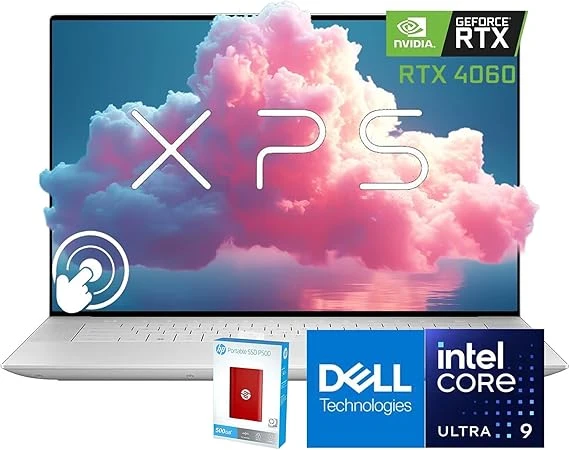
Best for: Balanced performance and portability.
- CPU: Intel Core Ultra H-series
- RAM: 16–32 GB
- Storage: 1 TB SSD
- GPU: Optional NVIDIA RTX
- Pros: Premium build, portable, bright display.
- Cons: High-end configs can get expensive.
4. Lenovo ThinkPad P1 Gen 6
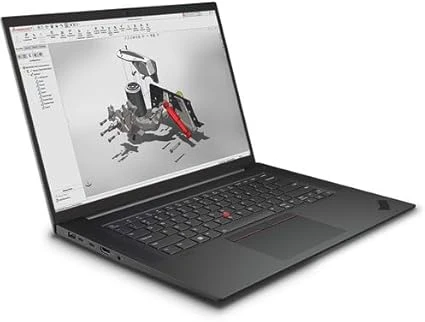
Best for: Professional engineers who want ISV-certified reliability.
- CPU: Intel H-series or Xeon
- RAM: 32–64 GB
- Storage: 1 TB NVMe SSD
- GPU: NVIDIA RTX Professional
- Pros: Durable build, great keyboard, enterprise-level support.
- Cons: Not the lightest option.
5. MSI Creator Z16P

Best for: Heavy simulations and creative workloads.
- CPU: Intel Core i9 or AMD Ryzen high-end
- RAM: 32–64 GB
- Storage: 2 TB NVMe SSD
- GPU: NVIDIA RTX 40/50 series
- Pros: Extreme CPU/GPU power, high-res display.
- Cons: Lower battery life, premium pricing.
6. Razer Blade 16
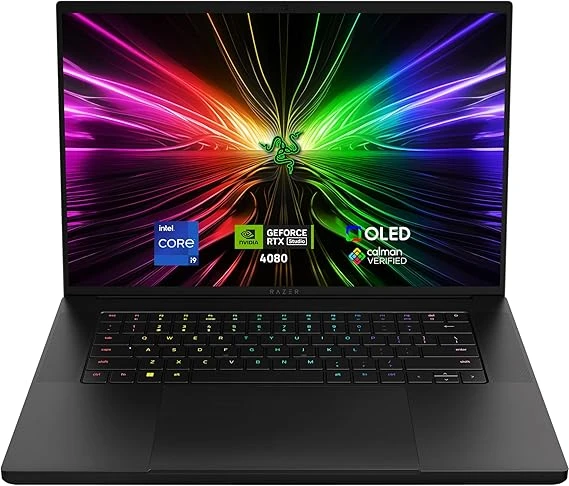
Best for: Maximum GPU performance in a sleek design.
- CPU: Intel H-series or AMD Ryzen AI 9
- RAM: 32 GB
- Storage: 1–2 TB NVMe SSD
- GPU: NVIDIA RTX 50-series
- Pros: Thin, stylish, great GPU performance.
- Cons: Can run hot under heavy load.
My Practical Buying Tips
- Go for more RAM — even if you think you won’t need it now, Simulink projects grow over time.
- Check the GPU requirements if you plan to use GPU acceleration.
- CPU clock speed matters more than core count for many models.
- If you love macOS, MacBook Pro is fantastic — as long as you don’t need CUDA.
- If you want GPU acceleration, stick to Windows or Linux with NVIDIA graphics.
Final Word
If you’re mostly developing and simulating without GPU acceleration, a MacBook Pro M4 or a Dell XPS will make your life easy. But if you want full GPU power for Simulink’s GPU Coder or heavy parallel workloads, go for a Windows workstation like the ASUS ProArt P16 or Lenovo ThinkPad P1 with an NVIDIA RTX card.
The key is simple: fast CPU, enough RAM, NVMe storage, and the right GPU for your workflow. Get those right, and Simulink will run like a dream.
Frequently Asked Questions
Not for basic modeling and most simulations. A dedicated NVIDIA GPU is only necessary if you plan to use GPU Coder, GPU-accelerated toolboxes, or deep-learning workflows. For general Simulink work, prioritize CPU, RAM and an NVMe SSD first.
Yes — MATLAB and Simulink run on macOS (Apple Silicon supported), and MacBooks are excellent for development and visualization. If you need CUDA GPU acceleration, however, macOS is not the right choice — that requires NVIDIA on Windows/Linux.
For coursework and light models, 16 GB is OK. For serious or multi-model projects, simulations with big datasets, or parallel runs, 32 GB (or more) is recommended.
Yes — gaming laptops often have powerful CPUs and NVIDIA GPUs, which are useful for GPU-accelerated workflows. Watch out for fan noise, thermals, and battery life; choose a model with good cooling if you run long simulations.

